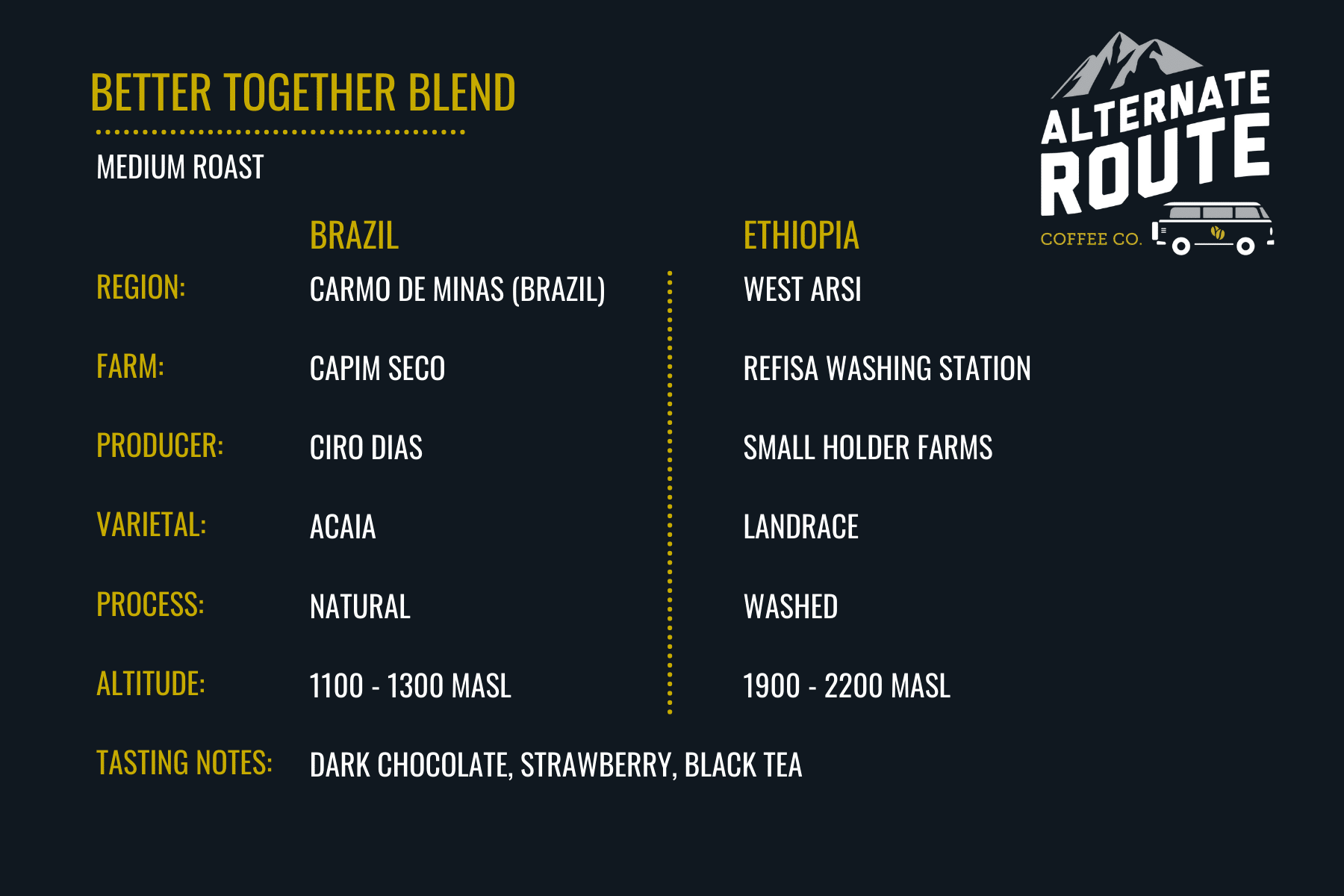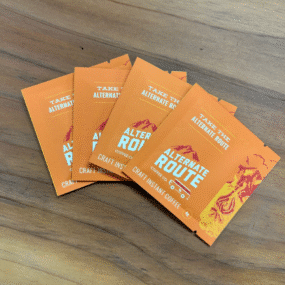Coffee Background (Brazil)
As the world’s largest coffee producer, Brazilian lots often come from larger estates that use highly mechanized processing strategies to manage larger volumes. Our current Brazilian coffee comes to us from the Capim Seco farm, which is a 40-hectare coffee farm located in Carmo de Minas, with 35 hectares dedicated to coffee production. The farm, managed by Ciro Dias Pereira, is situated at an altitude of 1100-1300 m.a.s.l. Capim Seco produces varieties such as: Yellow Bourbon, Acaia, and Yellow Catuaí. Ciro meticulously oversees every aspect of quality control at the farm. After being mechanically picked, the coffee cherries are carefully placed in water to float and remove any low-density or defective cherries. Then cherries are placed in concrete patios to dry for 3 days, then the cherries are transferred to mechanical dryers for 72 hours to ensure that they reach the optimal moisture.
Coffee Background (Ethiopia)
Sidamo coffees offer a profound complexity that many attribute to the diversity of local landrace varieties. Varieties can differ from town to town, and even farm to farm, with growers often boasting a unique variety seldom found outside of their own plot of land, if at all. When all of these different varieties are combined at the local cooperative (or washing station), the resulting blend expresses the complexity of the plant genetics in the area. Farming methods in Sidamo remain largely traditional. Producers typically intercrop their coffee plants with other food crops. This method allows smallholders to optimize their land use and provide food for their families. In addition to intercropping, most farms are organic by default (fertilizers and pesticides are rarely utilized). Most farm work is carried out manually; very few tasks are mechanized, even during processing.










